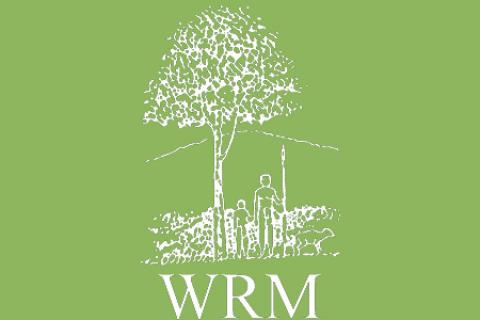A country with profuse forests --open hardwood woodlands being the dominant type though there are also closed forests and mangroves--, Tanzania has 33.5 million hectares of forest cover richly endowed with biodiversity, which account for one-third of the total land area.
Bulletin articles
Imagine the following situation: a company gives money to an environmental organisation. The company plans an enormous, massively environmentally damaging project in the tropics but agrees to provide funding to protect a nearby area of forest. Rather than opposing the project, the environmental organisation conducts studies on managing the protected area and recommends that the project goes ahead.
The Penang Inshore Fishermen Welfare Association (PIFWA) has recently held a workshop on the importance of mangroves. Fisherfolk had there the opportunity to highlight what they already knew: that mangrove forest is an inherent part of their livelihood since it is closely related to fish catch. Without mangroves there will be no fish in the sea since they play a vital role as intermediaries between marine and terrestrial ecosystems.
A research undertaken by the NGO Friends without Borders shows that refugee communities living along Thailand’s border areas and displaced by war and civil strife from neighbour countries, are being unfairly accused of forest destruction in Thailand.
Indonesia has 10% of the world’s remaining tropical forests which are home to over 20,000 plant species --accounting for 10% of the planet’s total--, 12% of the world's mammal species and 17% of bird species, many of which are unique. The magnitude of this lush biodiversity can be pictured by the data that 25 acres of Borneo's rainforest were found to contain 700 tree species, equal to the total number of species for the whole of North America..
The inhabitants of the northern zone of Costa Rica, gathered together in the Northern Front for Opposition to Mining (Frente Norte de Oposición a la Minería) are opposed to the Crucitas Mining project for open-cast gold mining and have organised a march in San Carlos, under the slogan of “Yes to life, No to Mining.” They demand the suspension of mining projects and promotion of a sustainable, eco-touristic and agro-industrial development for the frontier communities that so far have been neglected.
It is sad to see that, while the governments of the world --including the Brazilian government-- are preparing to participate in the Conference of the Parties to the Convention on Biological Diversity, some representatives of the people of the State of Espiritu Santo, whose very threatened biodiversity is among the richest in the world, do not show the least concern over the matter.
The Mapuche Coordination of Arauco-Malleco Communities in Conflict denounced that the large scale fires that burnt down some 53,000 hectares of native forests in the south of Chile last February, creating what was defined as an “environmental tragedy,” were caused intentionally by the sectors and bodies linked to the major forestry companies.
Within the rationale for privatisation in Ecuador, the Ministry of the Environment is intending to delegate its functions and responsibilities to a private law body, CORFORE (Corporación de Promoción y Desarrollo Ferestal del Ecuador – Ecuadorian Corporation for Forestry Promotion and Development).
Within the ecological region of the Andean Belt, the Vilcabamba Cordillera in Peru is the only part where the original habitat has not been degraded. Together with the Urubamba Valley, they constitute a region where so far biodiversity has been conserved in an almost pristine state. Furthermore, it is a zone that fulfils important ecological processes --for the water system and climate change, among others-- essential both to the region and to the world in general.
As this latest WRM Bulletin is being sent out, those of us who have closely followed the World Bank’s efforts to develop a new Forest Policy are holding our breath. The release of the draft of the new Operational Policy (OP) on Forests is to be released within the next few days. Or so we are told.
A mountainous tropical country with altitudes of over 4,000 metres, Ethiopia has many regions which were once rich in vegetation and are now rocky, desert areas. Desertification and erosion have further increased within the past decade.
